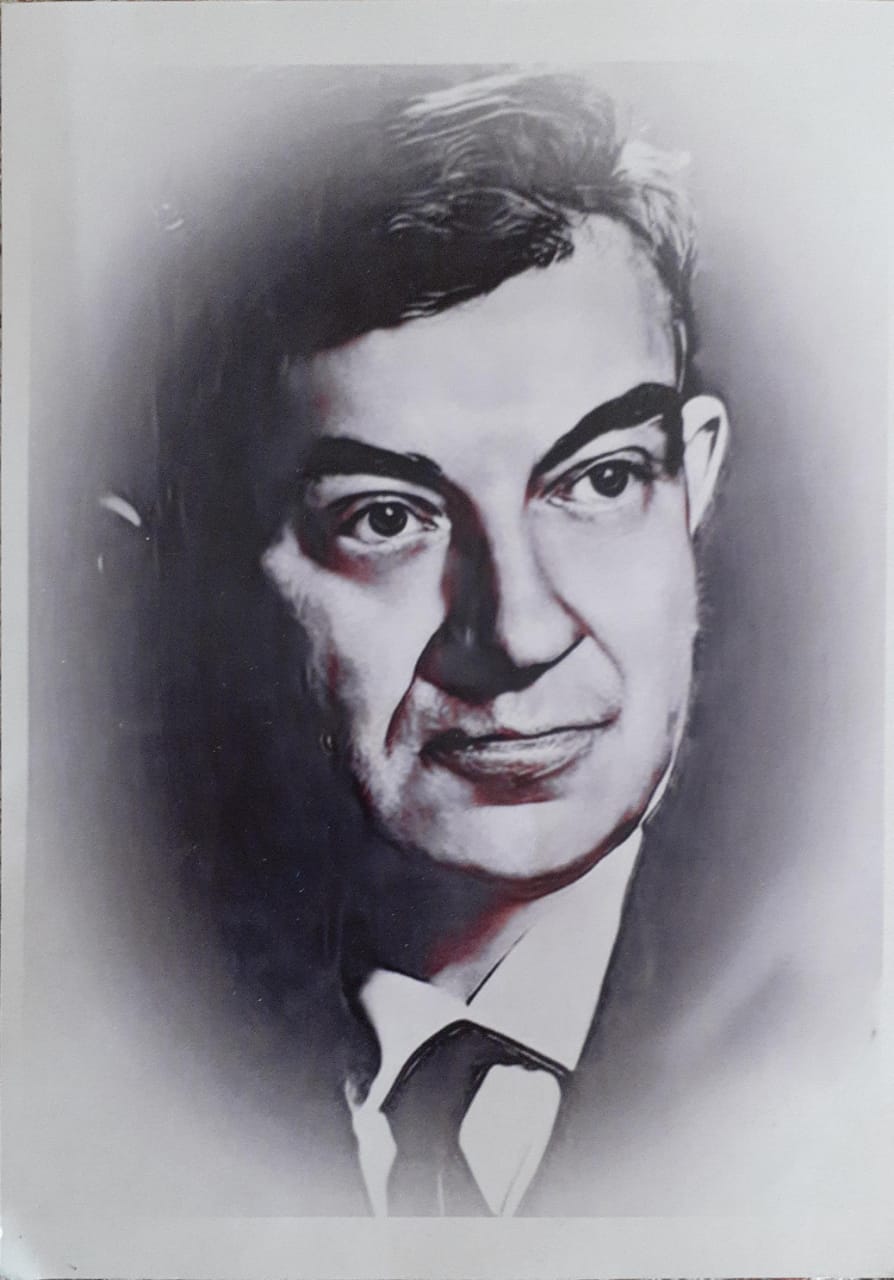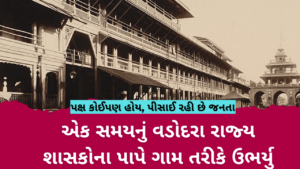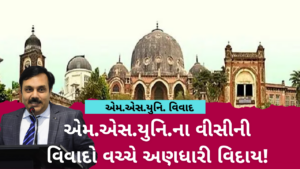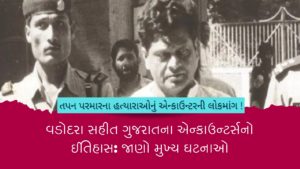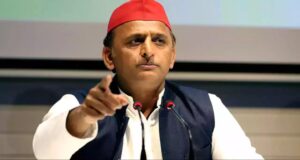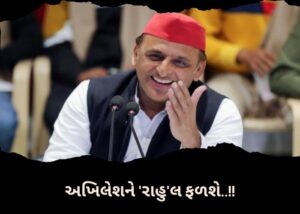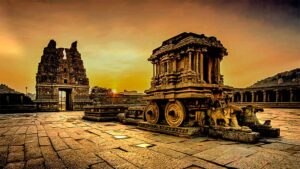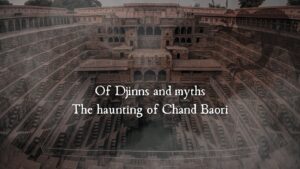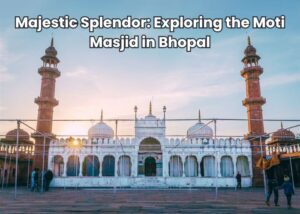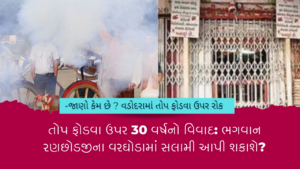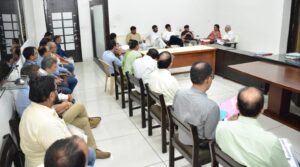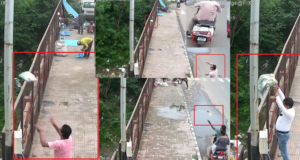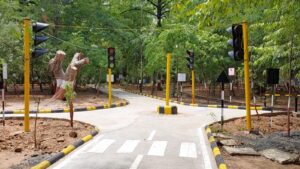– An article by Shivani Gadre
Vadodara, a city steeped in cultural and historical significance, owes a debt of gratitude to the renowned German art historian, Dr. Hermann Goetz. His pivotal role in giving global recognition to the historical legacy of Vadodara remains noteworthy and transformative. Appointed as the Director by Maharaja Sayajirao Gaikwad III, Dr. Goetz’s contributions proved to be unparalleled, particularly during the tumultuous times of India’s partition and the ravages of World War.
Vadodara, often referred to as the “City of Palaces,” boasts a rich archaeological treasure trove. It owes its preservation to the dedicated efforts of historians and scholars who recognized the value of conserving its historical gems. During the reign of the Gaikwads, a visionary move was made to safeguard and explore this legacy further. Dr. Hermann Goetz was appointed as the inaugural Director of the Baroda Museum to spearhead these efforts. His leadership propelled Vadodara onto the national stage as one of India’s premier museums. On the occasion of his 125th birth anniversary, the Vadodara Museum and Picture Gallery organized a lecture to shed light on his profound impact on the city’s artistic landscape.
In 1936, Dr. Goetz, an eminent German art historian and Indologist, embarked on a journey across India. Sponsored by a travel grant from the Leiden Institute of Chemistry, he traversed the country, delving into the opulent art heritage of India.
In 1939, Maharaja Sayajirao Gaekwad III recognized Dr. Goetz’s expertise and appointed him as the Director of the Baroda Museum and Picture Gallery. Under his astute guidance, the museum flourished and evolved into an exemplary institution. In 1942, Dr. Goetz established the “Bulletin of the Baroda Museum and Picture Gallery,” and he remained its editor until 1954. This publication played a pivotal role in promoting archaeological and historical research.
Dr. Goetz’s influence extended beyond museums. He played a significant role in establishing the Department of Museology in the Faculty of Fine Arts at Maharaja Sayajirao University of Baroda, where he also served as a Professor of Art History. His commitment to the museum continued until 1953, after which he moved to New Delhi. Notably, from 1958 to 1961, he contributed to the establishment of the Maharaja Fatesinh Museum within the iconic Lakshmi Vilas Palace in Baroda.
His tenure as the director of the National Gallery of Modern Art in New Delhi witnessed a period of transformation. Dr. Goetz undertook extensive exploratory tours, spanning various regions of India as well as countries like Nepal, Sri Lanka, Burma, Thailand, Cambodia, and Indonesia. He delved into the rich heritage of Islamic states in Southwest Asia and North Africa and explored museums across Europe and the USA.
Dr. Goetz’s legacy as a visionary museum director remains etched in India’s history. His unyielding dedication, even in the face of challenges posed by the partition of India and World War, left an indelible mark on the preservation of cultural heritage. His resilience and determination, forged during World War II, inspired him to rise above adversity and contribute significantly to academic publications and his reputation in the field.
Despite contracting a tropical disease that necessitated his return to Germany in 1955, Dr. Goetz continued to make significant contributions. He organized exhibitions and lectures on Indian art in his homeland. Back in Baroda, he curated another museum that houses an impressive collection of European art, further showcasing his multi-faceted expertise.
The citizens of Vadodara owe a debt of gratitude to Dr. Hermann Goetz for his exceptional contribution to the preservation of museums and historical heritage. It is imperative that the present generation acknowledges the global recognition and enduring works created by him in our cherished heritage.

